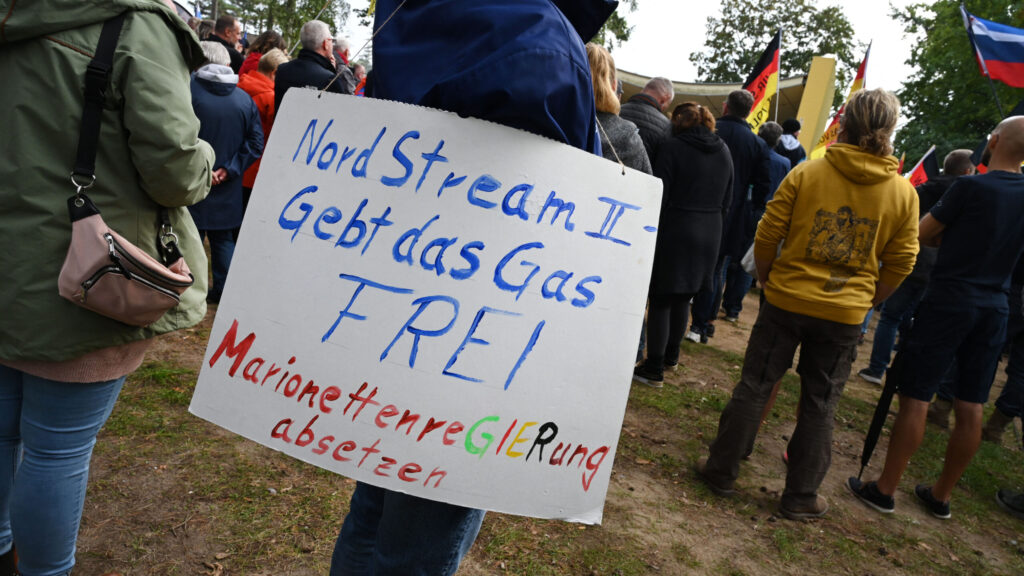The premier stock index in Hungary, the BUX, closed at 99,454.86 points yesterday, 14 July, down less than a per cent for the day. However, its annual performance has been phenomenal thus far, being up 25.3 per cent year-to-date, in the middle of July.
By comparison, the most prominent stock index in the United States, the Dow Jones, is up by 4.88 per cent YTD, while the more extensive S&P 500 index in the US is up 6.82 per cent YTD (as of market close on 14 July).
The BUX Index is a weighted index that is currently comprised of 16 large-cap companies that are listed on the Budapest Stock Exchange (BSE). The companies with the largest market caps in the index are OTP Bank (market cap: $21.27 billion), the oil company MOL ($47.2 billion), and the pharmaceutical company Richter Gedeon ($5.5 billion).
If we expand our scope of inquiry to two years, between mid-July 2023 and mid-July 2025, BUX is outperforming the Dow by even larger margins.
On 10 July 2023, the BUX closed at 54,012 points, which means that it has gained 84.13 per cent in value until market close yesterday. On 14 July 2023, the Dow Jones closed at 34,509 points. Yesterday, it closed at 44,459 points, netting a 28.89-per-cent return—investors who put their money into the premier Hungarian stock market instead of the American one saw almost three times the returns!
BudapeStockExchange on X (formerly Twitter): “📈 BUX index has completed 34 years, showing positive returns in 24 of them and double-digit gains in 17. Its best year was 1996 with a 170% return. Since 1991, the BUX has grown over 100×. In 2025 so far, it’s up 26%.#BUX #BudapestStockExchange #Equity #Return #Investment pic.twitter.com/eJjzJ8hZaB / X”
📈 BUX index has completed 34 years, showing positive returns in 24 of them and double-digit gains in 17. Its best year was 1996 with a 170% return. Since 1991, the BUX has grown over 100×. In 2025 so far, it’s up 26%.#BUX #BudapestStockExchange #Equity #Return #Investment pic.twitter.com/eJjzJ8hZaB
In 2025 thus far, the BUX index has also been outperforming the German DAX, which is up 20 per cent year-to-date (compared to the BUX’s 25, as we wrote above). The Budapest composite is doing better than the EURO STOXX 50 index as well, which is ‘only’ up 9.5 per cent YTD.
EURO STOXX encompasses 50 companies from the Eurozone, as opposed to just one country. Stocks such as the German sportswear manufacturer Adidas, the German insurance company Allianz, the French cosmetics company L’Oréal, or the Finnish telecommunications company Nokia are included.
Related articles:







